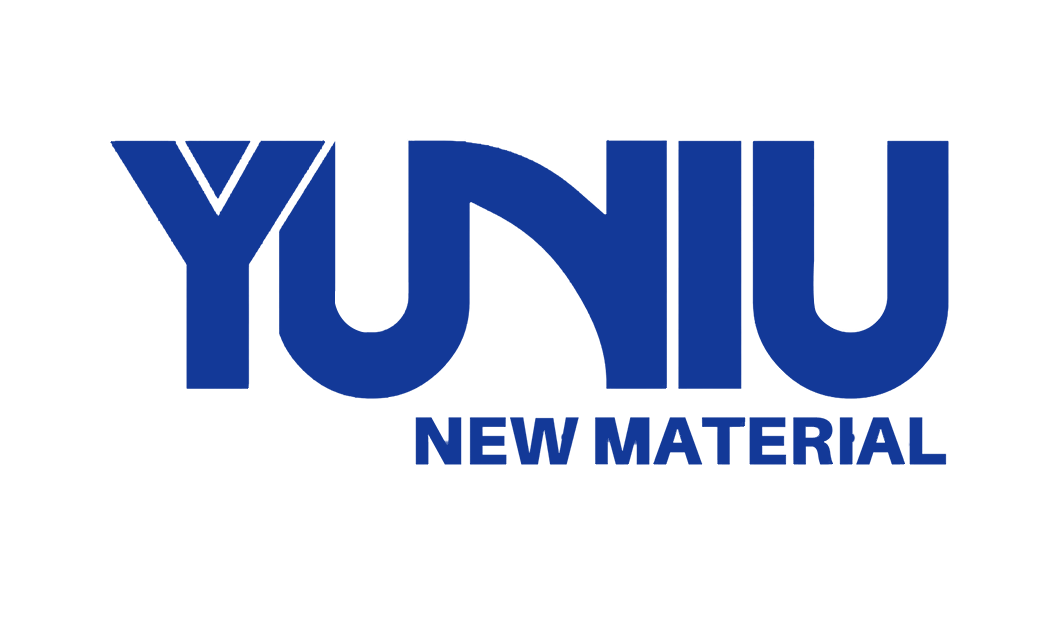Views: 10000 Author: Site Editor Publish Time: 2023-02-10 Origin: Site








How to make PP production methods for long glass fiber (two)
Cotton mixing principle in big warehouse: The simplest cotton mixing box in big warehouse is mainly composed of flat curtain, inclined curtain, thickness limiting roller and stripping roller, etc. The fibers are transported to the mixing box in big warehouse through the input air duct, and then descend from the upper opening To the flat curtain (the air duct part has a certain mixing effect), and then transported obliquely upward through the inclined curtain, the thickness of the conveyed fiber layer is limited by the thickness limiting roller, the fibers are disturbed by the stripping roller, peeled off the inclined curtain, and settle on the output Curtain for the next carding process. The mixing effect is mainly reflected in the airflow conveying process in the air duct, the airflow blowing process of the fiber in the bin body, the rotation of the upper thickness roller of the inclined curtain makes the fibers higher than the thickness repeatedly roll and mix on the inclined curtain and the stripping roller. Centrifugal force disrupts mixing.
04
comb. Carding is one of the most important processes in the entire felting process, and the quality of the carding process directly affects the quality of the final product. The main function of carding is to further open and remove impurities, and card the fibers into bundles and monofilaments (single fiber state), which greatly improves the dispersion of fibers. The fibers are further mixed to improve the mixing uniformity of the fiber layer. In addition, for fiber webs with disordered and irregular arrangement requirements, the carding machine can also be equipped with disordered devices (generally disordered rollers) to meet the relevant requirements. The formation of disordered structures can reduce the vertical and horizontal strength ratio of the final product. The difference has a certain promotion effect. The fibers after carding are generally condensed by a doffer, and then stripped by a chopping knife, and then transported to the next step of web forming equipment through a net curtain.
The principle of carding: the fibers mixed in the large warehouse are transported by the flat curtain to the feeding roller of the carding machine, and then fed into the working cylinder through the roller. The working cylinder is equipped with a working roller and a stripping roller (stripping roller—— - the same as the complex form of opener), the combined effect of the two can further disrupt and disperse the fibers to form a fiber layer with high dispersion, and finally transport it to the net curtain through the doffer to the next step of web forming process.
05
Into a network. The traditional web forming process is mainly divided into four-curtain web laying, vertical web laying, etc. Its main function is to lay the fibers formed in the carding process evenly into a fiber web layer of a certain gram weight, and then transport it to the next needle. Thorn process. This type of web forming process is the most mature and widely used. The fiber layer output by the carding machine is distributed in one direction. The four-curtain laying and vertical laying are both reciprocating laying of the fiber layer output by the carding machine. On the web curtain, the resulting fiber web generally has a large difference in vertical and horizontal mechanical properties. The equipment is four-curtain lapper and vertical lapper.
06
acupuncture. The fiber web formed by the web forming machine is in a state of fluffy and large thickness, and the overall structure has a large porosity. It needs to be mechanically reinforced to obtain a felt with a certain strength. The most commonly used mechanical reinforcement method is acupuncture. Acupuncture generally uses barbed needles to pierce the fibers distributed horizontally or obliquely in the fiber web into the center of the fiber layer with barbs, so that the fibers change their original shape. State, the fibers are close to each other and entangled. Through repeated mechanical acupuncture reinforcement of the fiber web, the fibers are tightly entangled with each other to generate a greater cohesion, and the density of the fiber web is increased, and the overall thickness of the fiber web is therefore compressed, forming a strong And a strong base material. The equipment is an acupuncture machine.
07
Trimmed and rolled. Cut off the leftovers of the needle-punched base felt and measure it, and wind it up into a base felt with a certain length and weight according to the width requirements. The equipment is a winding and trimming machine.
After the felt is rolled up, the felting process is completed.
#fiberglass #materials
